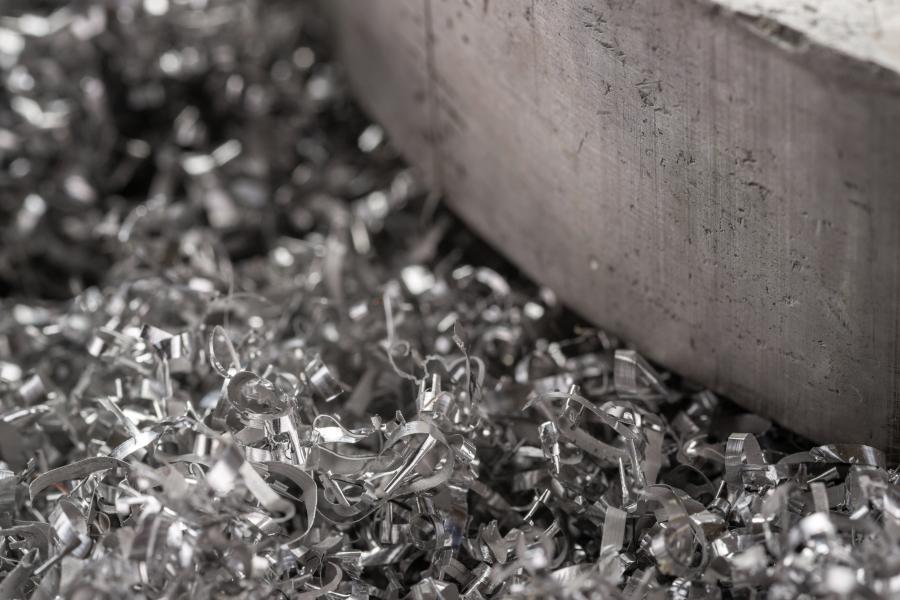Latrobe Magnesium
Demand for magnesium worldwide is growing. Magnesium has the best strength-to-weight ratio of all common structural metals and is increasingly used in the manufacture of products such as car parts, laptop computers, mobile phones and power tools as well as in the aluminium and steelmaking industries. Australia currently imports all of the 8,000 tonnes of magnesium it consumes annually.
Supplementary Cementitious Material (by-products from other industries that can partially substitute for cement in concrete, and help to improve the performance of the concrete), silica, char, iron oxide and calcium carbonate.
With successful operation of the demonstration plant, LMG will develop a full-scale commercial plant in the Latrobe Valley.

Shutterstock
Key facts
- Location An 11-hectare site with 14,000 m² of buildings, situated at the centre of Victoria’s coal power generation region providing direct access to current and historic fly ash feedstock
- Production: Via its low cost and low emission process, the plant will harvest magnesium metal and other valuable by-products from a fly ash resource – a waste stream from brown coal power generation
- Job Creation: Latrobe Valley provides LMG with access to a skilled workforce and key energy and transport infrastructure
- Environmental Impact:
- Will convert almost 100% of the potentially hazardous fly ash waste into valuable commodities
- The CO2 emissions to produce magnesium are estimated to be half that of those produced by international magnesium production plants. LMG is looking to further offset this and produce net zero CO2 through the use of local renewable energy
- LMG’s low CO2 process can address potentially hazardous waste stockpiles and produce valuable products with downstream environmental benefits. Aids the rehabilitation of the Latrobe Valley’s brown coal mine sites, specifically their extensive fly ash dams
- Processing fly ash waste into valuable products contributes to a ‘circular economy’ and removes a potential long-term risk that toxins can spill and leach from poorly constructed, ageing ash dams into surface and groundwater with potential contamination of domestic and agricultural water supply
- Downstream the production of valuable by-products such as SCM eliminates any waste streams and enables further lifecycle CO2 benefits
- Website: Latrobe Magnesium website
